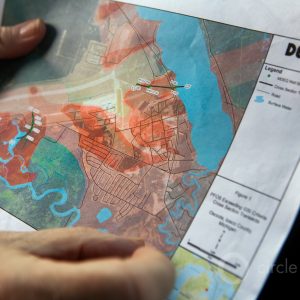 https://www.circleofblue.org/wp-content/uploads/2018/08/2017-07-India-Food-Water-Security-JGanter-B11A9369-Edit-2500.jpg
492
1600
Jennifer Möller-Gulland
https://www.circleofblue.org/wp-content/uploads/2018/06/Circle-of-Blue-Water-Speaks-600x139.png
Jennifer Möller-Gulland2018-08-27 10:01:002022-03-22 12:56:19Toxic Water, Toxic Crops: India’s Public Health Time Bomb
https://www.circleofblue.org/wp-content/uploads/2018/08/2017-07-India-Food-Water-Security-JGanter-B11A9369-Edit-2500.jpg
492
1600
Jennifer Möller-Gulland
https://www.circleofblue.org/wp-content/uploads/2018/06/Circle-of-Blue-Water-Speaks-600x139.png
Jennifer Möller-Gulland2018-08-27 10:01:002022-03-22 12:56:19Toxic Water, Toxic Crops: India’s Public Health Time BombThe Year in Water, 2018
Pollution, scarcity, and a changing climate remain top risks
By Brett Walton
Circle of Blue – December 20, 2018
A cholera outbreak in Yemen that sickened more than 280,000 people amid a brutal civil war. Day Zero panic in Cape Town. Warnings from the UN climate panel that the planet’s ecosystems are changing more quickly than predicted.
2018 was a tumultuous, eventful year in water. Two questions, as always, hang in the air: Can leaders recognize environmental and social change? If they do, will they respond?
The evidence of monumental alterations to land, water, and air was unmistakable this year. Even government agencies acknowledged it. India’s government-chartered think tank called the continued decline of India’s groundwater and its contamination the country’s “worst water crisis.”
Meanwhile, the head of Iran’s Environment Department said in October that excessive water consumption in that country, where aquifers and lakes are drying up, could result in “terrible social consequences.”
In Pakistan and elsewhere, the depletion of rural water sources is leading farmers to abandon orchards and fields and migrate to already crowded cities.
A growing number of businesses are recognizing the risk of water shortages and floods, according to reports from CDP and the World Economic Forum.
And yet, despite these warnings, government responses are not yet equal to the task. In June the United Nations reported that countries are not on track to meet the Sustainable Development Goal of universal access for water and sanitation. More than 2 billion people today do not have water at home that is free from bacterial contaminants.
In November, the UN also reported that carbon emissions rose in 2017 and country pledges to reduce emissions are not strong enough to avoid two degrees Celsius of warming. Change is coming, whether or not leaders are prepared.
India Faces Worst Water Crisis
The country that pumps more groundwater than any other has reached a water supply and food safety reckoning that threatens to upend political and economic stability, and long-term public health.
Circle of Blue’s on-the-ground coverage from Tamil Nadu, Delhi, Rajasthan, and Bengaluru revealed how a nation of 1.3 billion people, by failing to protect its water, is courting disease and economic hardship as well as social upheaval.
Hand in hand with groundwater depletion and contamination, is a food supply “toxic time bomb” of global implications. When irrigation wells go dry, farmers turn to untreated wastewater that is laced with industrial chemicals and human sewage.
As one villager said, “The water moved from providing life to taking lives.”
 https://www.circleofblue.org/wp-content/uploads/2018/08/2017-07-India-Food-Water-Security-JGanter-B11A9369-Edit-2500.jpg
492
1600
Jennifer Möller-Gulland
https://www.circleofblue.org/wp-content/uploads/2018/06/Circle-of-Blue-Water-Speaks-600x139.png
Jennifer Möller-Gulland2018-08-27 10:01:002022-03-22 12:56:19Toxic Water, Toxic Crops: India’s Public Health Time Bomb
https://www.circleofblue.org/wp-content/uploads/2018/08/2017-07-India-Food-Water-Security-JGanter-B11A9369-Edit-2500.jpg
492
1600
Jennifer Möller-Gulland
https://www.circleofblue.org/wp-content/uploads/2018/06/Circle-of-Blue-Water-Speaks-600x139.png
Jennifer Möller-Gulland2018-08-27 10:01:002022-03-22 12:56:19Toxic Water, Toxic Crops: India’s Public Health Time Bomb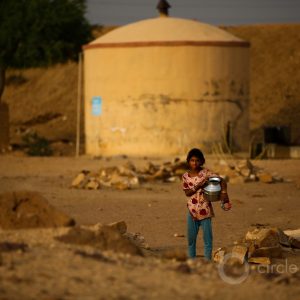
Groundwater Scarcity, Pollution Set India on Perilous Course
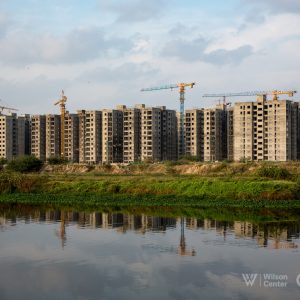
Chennai’s Security Tied to Cleaning Up Its Water
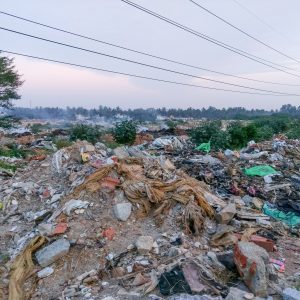
Booming Infrastructure Poisons Bangalore’s Lakes, Depletes Groundwater
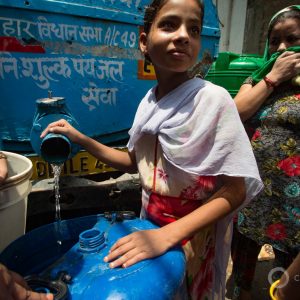 https://www.circleofblue.org/wp-content/uploads/2018/10/2016-06-29-India-Delhi-JGanter_G3_0605-logo-2500.jpg
1067
1600
Connor Bebb
https://www.circleofblue.org/wp-content/uploads/2018/06/Circle-of-Blue-Water-Speaks-600x139.png
Connor Bebb2015-12-19 11:16:082018-12-19 11:38:44India Videos
https://www.circleofblue.org/wp-content/uploads/2018/10/2016-06-29-India-Delhi-JGanter_G3_0605-logo-2500.jpg
1067
1600
Connor Bebb
https://www.circleofblue.org/wp-content/uploads/2018/06/Circle-of-Blue-Water-Speaks-600x139.png
Connor Bebb2015-12-19 11:16:082018-12-19 11:38:44India VideosRise of Legionnaires’ Disease
It is the deadliest waterborne disease in the United States, and the number of cases reported to the Centers for Disease Control and Prevention rises every year.
A pneumonia-like illness, Legionnaires’ disease kills about one in 11 people it infects, and it is spread by inhaling droplets contaminated with Legionella bacteria.
This year saw the launch of a National Academy of Sciences investigation into Legionella risks in building plumbing, and an in-depth CDC report on who is getting sick and where they contracted the disease.
A Circle of Blue inquiry found that the federal agency that reimburses hospitals and nursing homes for Medicare does not yet know how many of its facilities are complying with a June 2017 order to reduce the spread of Legionella in building water systems.
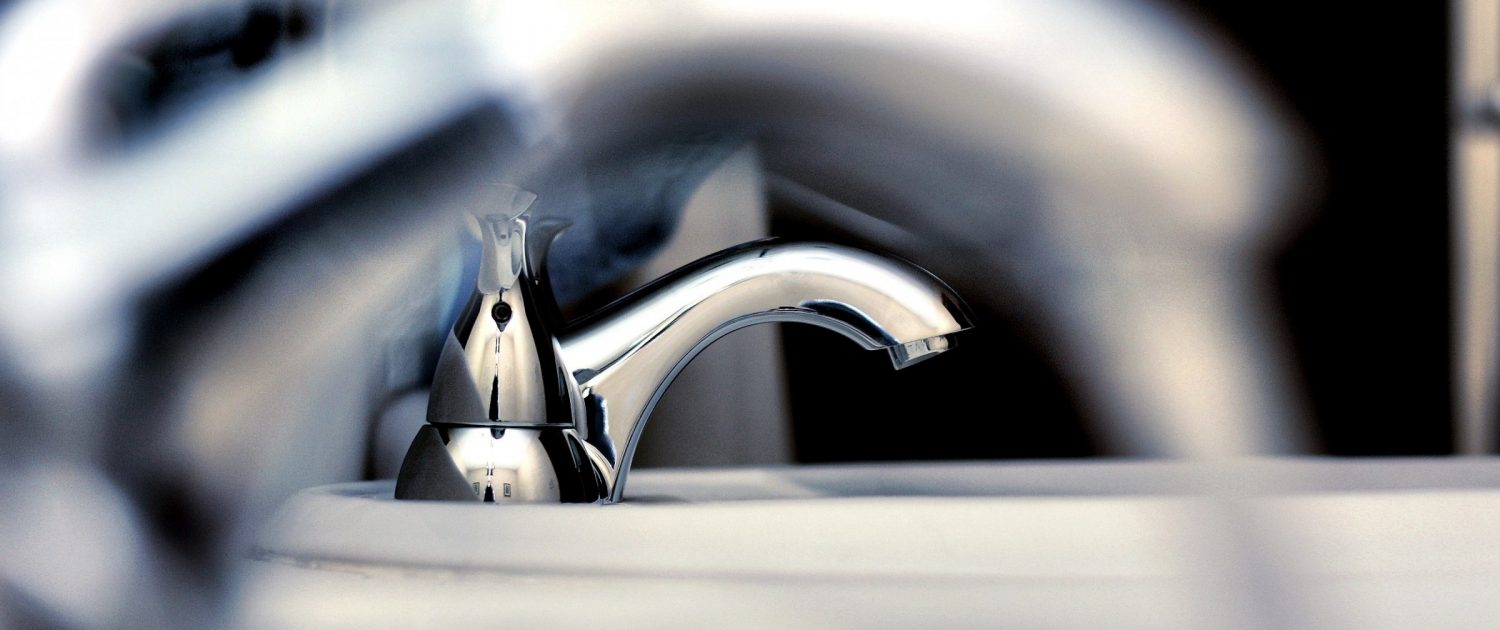
Deadly Legionnaires’ Disease Outbreaks Persist in the U.S.
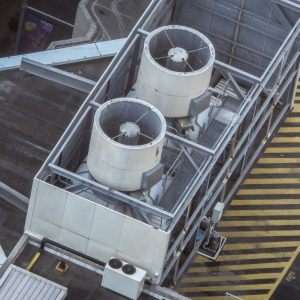
Too Soon To Know Hospital Compliance with Federal Government Legionella Policy
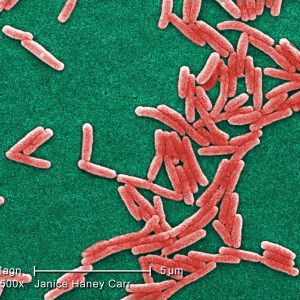
CDC Releases Latest U.S. Legionnaires’ Disease Data
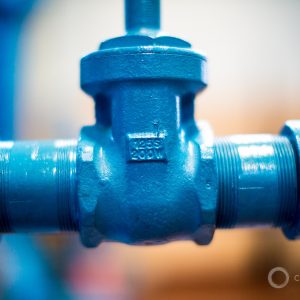
Many Questions as Expert Committee Begins Study of Legionella in Plumbing
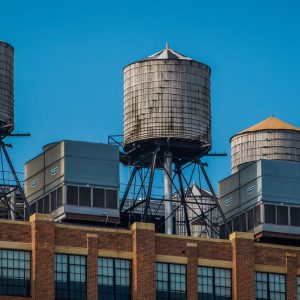
Deadly Legionella Bacteria Are Common in U.S. Building Plumbing
Water Affordability and Pricing
It’s a paradox — tap water in the United States can be both too cheap and too expensive. How can that be? What matters is how you look at the question.
Utilities need money to invest in aging water and sewer systems. That’s one of the reasons that water rates are rising across the country. For too long, water has been too cheap, and utilities now need the funds to replace old pipes, stanch sewage spills, and invest in new treatment technologies and water-saving devices.
But for poor households, especially in economically struggling cities with older infrastructure, water can also be too expensive. That has led to a movement to better define affordable water.
Households that don’t pay bills on time usually have their water shut off. It’s a major social justice issue. In a pair of stories, Circle of Blue found that shutoff practices vary considerably among utilities and that the manner in which water utilities collect shutoff data makes it nearly impossible to tell how many shutoffs are because a household couldn’t afford to pay.
When the Water Is Shut Off
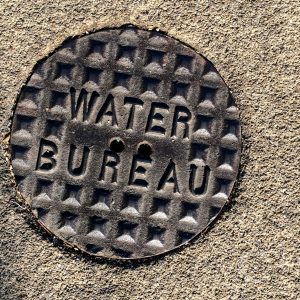
Counting Homes Cut Off From Water Is A Data Collection Nightmare

Price of Water 2018: Utilities Revise Household Water Rate Formulas
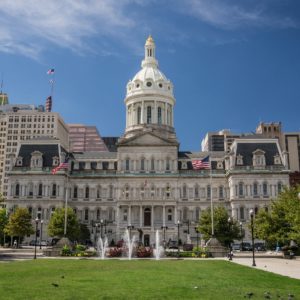
Water Debt Not on the Menu in Baltimore’s Tax Sale Season
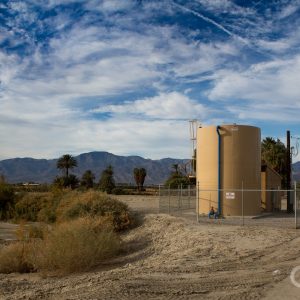
California Water Board Delays Affordability Report
U.S. Drinking Water and Sewage Infrastructure
The quality of U.S. drinking water sources came into question in a number of communities this year. Officials in Oregon’s capital encountered toxic algae in their main reservoir, even though there is little agriculture upstream.
In Oscoda, Michigan, where PFAS chemicals have leached into groundwater, rivers, and lakes for decades, residents are furious that the state and federal government are not doing more to halt the pollution coming from a closed Air Force base.
PFAS pollution, in general, became one of the foremost drinking water concerns. Congressional committees held hearings, the EPA promised to consider national regulations, and states adopted their own drinking water standards. Dozens of utilities sued 3M and other chemical manufacturers to recover the cost of water treatment and environmental cleanup.
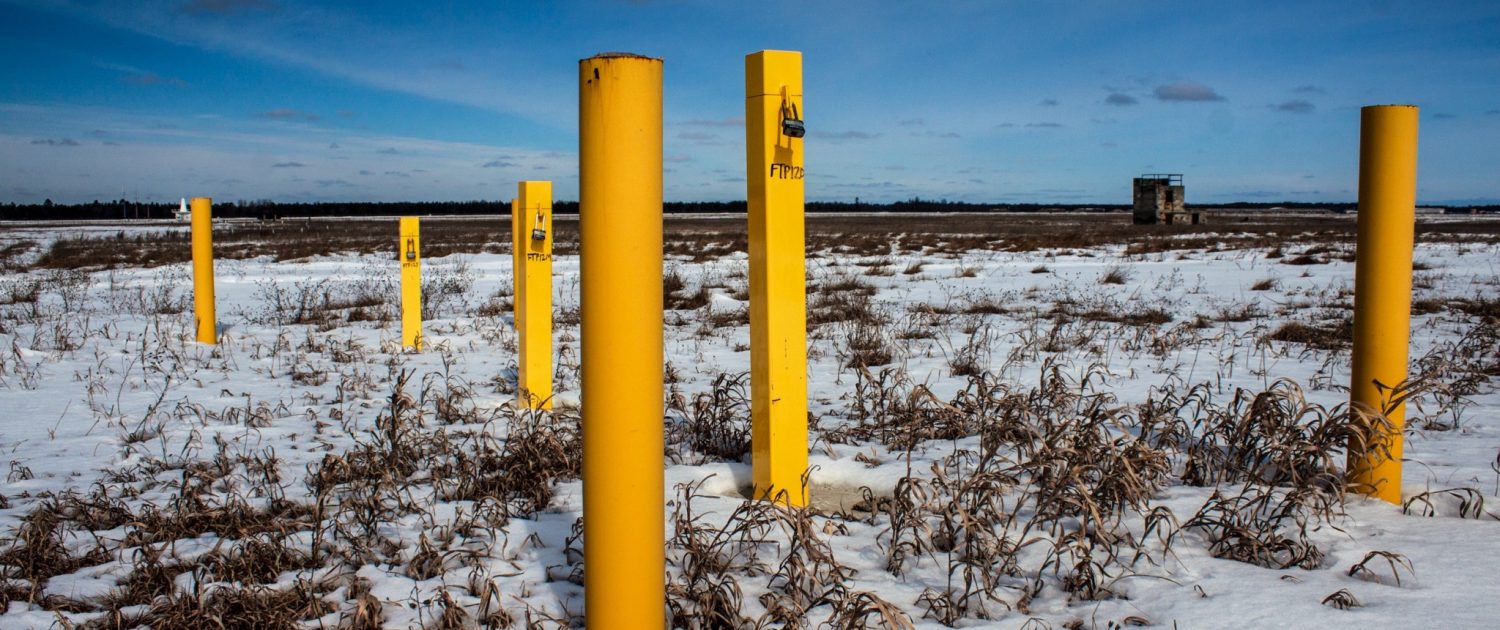
Fear and Fury in Michigan Town Where Air Force Contaminated Water
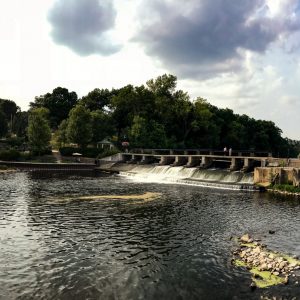
As PFAS Lawsuits Proliferate, Legal Tactics Emerge
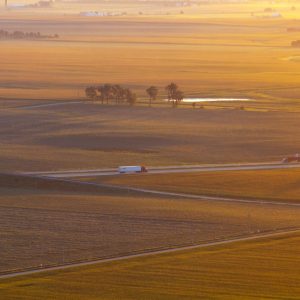
More Evidence of Nitrate Cancer Risk in Drinking Water
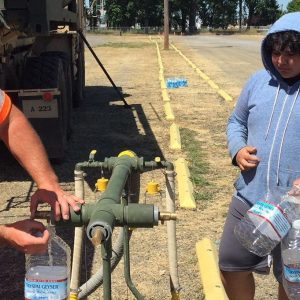
Oregon Capital Battles Algal Toxins in Drinking Water
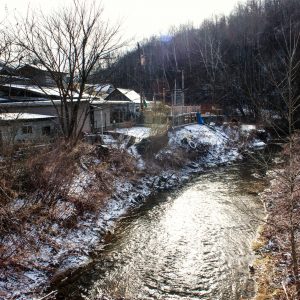
Straight Pipes Foul Kentucky’s Long Quest to Clean Its Soiled Waters
U.S. Groundwater Scarcity and Pollution
From the shores of Lake Michigan to the Atlantic coast and the Arizona desert, Americans worried about dry wells and contaminated aquifers.
A estimate of the depth of fresh groundwater in the United States, found it to be shallower than previous assumptions. But as one scientist remarked, usable fresh groundwater, which is constrained by the cost of pumping and undesirable environmental changes, is often significantly smaller than the total amount.
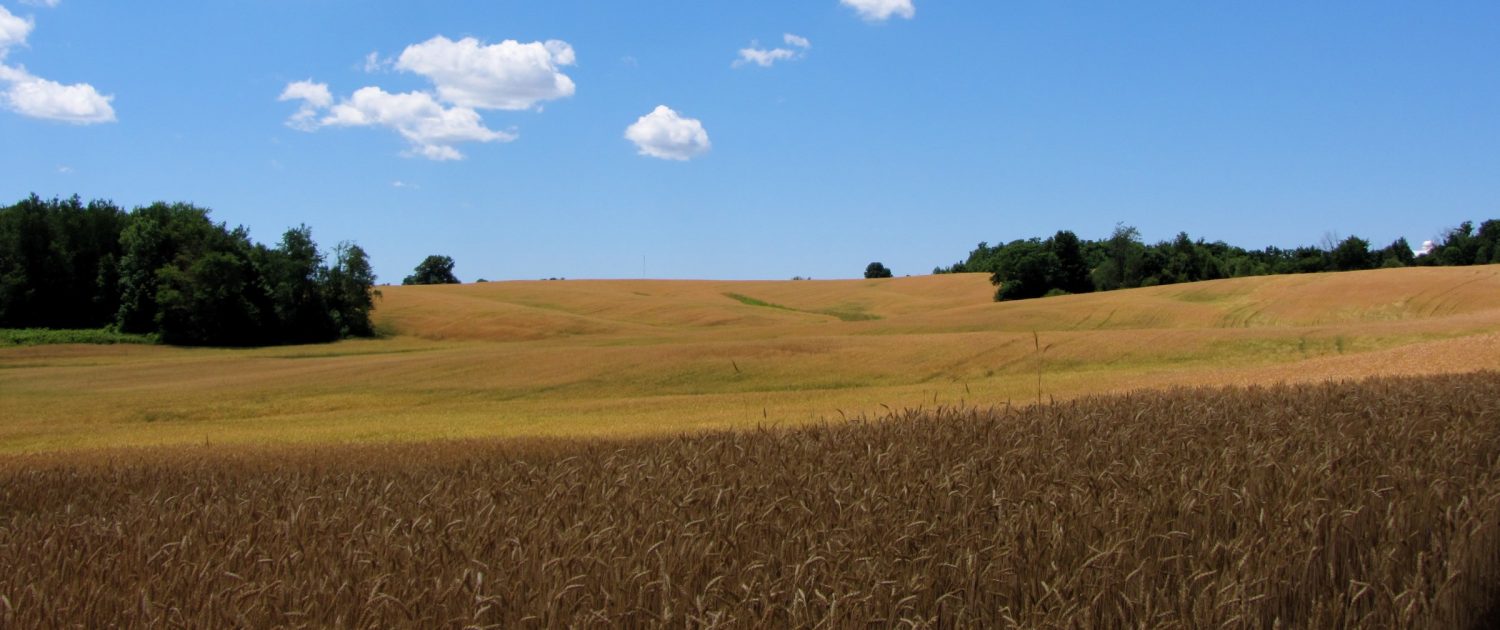
Fastest-Growing Michigan County Reckons With Groundwater Pollution and Depletion
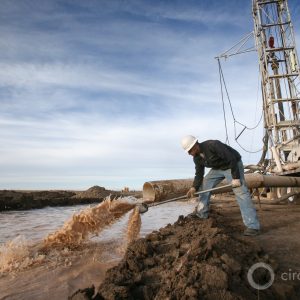
New Estimate Finds Less Fresh Groundwater in U.S. Than Previously Assumed
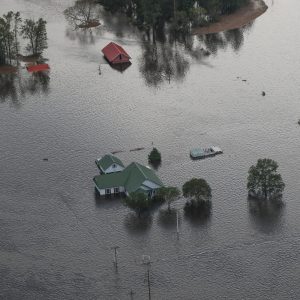
After Hurricanes, Pollution Hazards for Private Water Wells in the Southeast
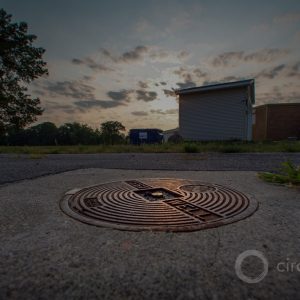
Michigan’s Groundwater Emergency
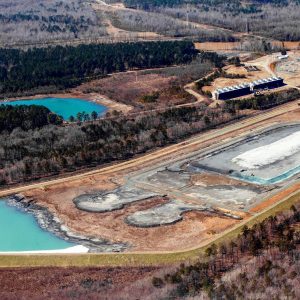
U.S. Courts Issue Contradictory Rulings on Groundwater and the Clean Water Act
Cape Town Averts Catastrophe
In the end, Day Zero never came to pass. Severe water restrictions for farms, industries, and residents helped Cape Town avoid the unthinkable: a water shutdown for most residents and businesses.
It was not easy. Talk of Day Zero sparked panic and hurt the farming and tourism industries.
The crisis forced Cape Town to confront longstanding political and social divisions and worries about the security of its water supply — then chart a path toward a more diverse array of sources, from groundwater and wastewater reuse to desalination.
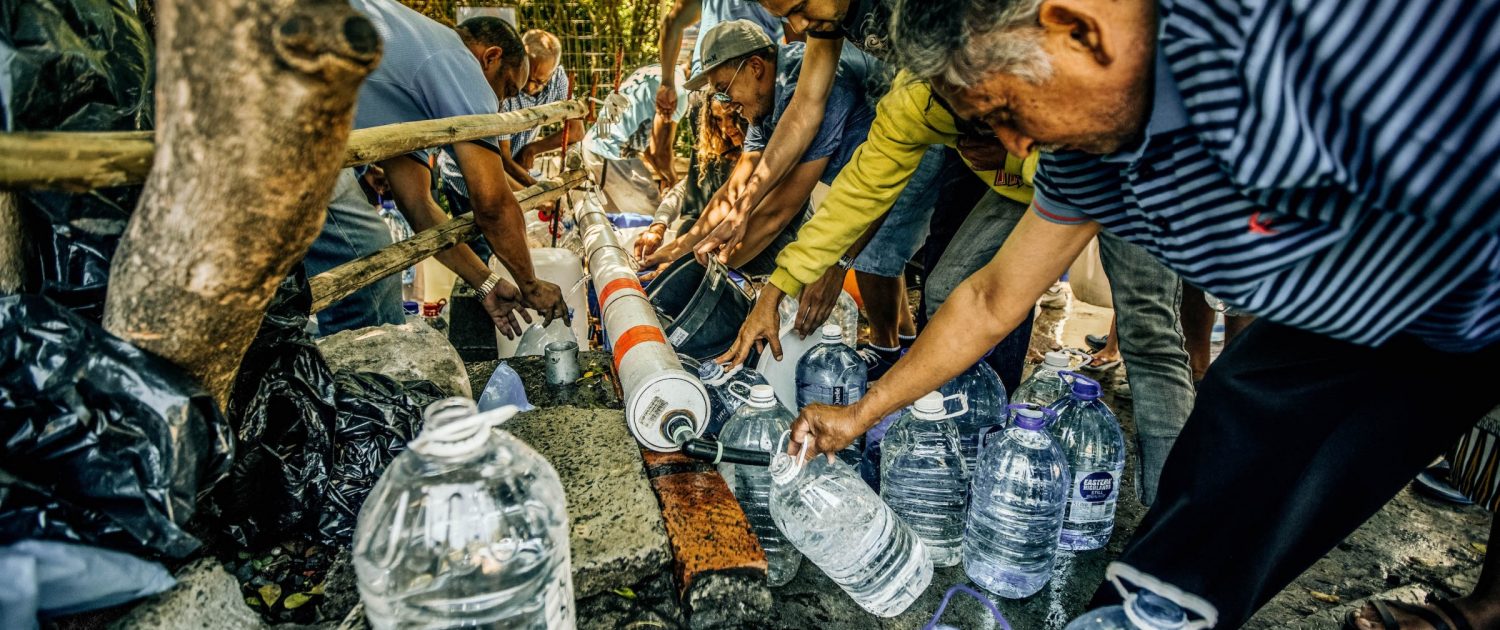
Cape Town’s Harrowing Journey to the Brink of Water Catastrophe
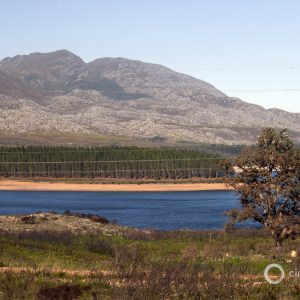 https://www.circleofblue.org/wp-content/uploads/2018/09/Cape-Town-Steenbras-Dam-BWalton-IMG_4975-2500.jpg
1600
2400
Brett Walton
https://www.circleofblue.org/wp-content/uploads/2018/06/Circle-of-Blue-Water-Speaks-600x139.png
Brett Walton2018-09-18 11:32:102018-12-19 11:39:11Thirsty Cities Drill for Water
https://www.circleofblue.org/wp-content/uploads/2018/09/Cape-Town-Steenbras-Dam-BWalton-IMG_4975-2500.jpg
1600
2400
Brett Walton
https://www.circleofblue.org/wp-content/uploads/2018/06/Circle-of-Blue-Water-Speaks-600x139.png
Brett Walton2018-09-18 11:32:102018-12-19 11:39:11Thirsty Cities Drill for Water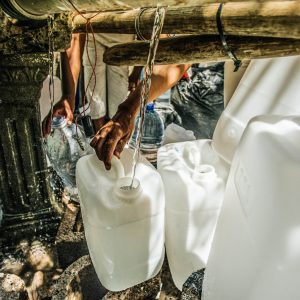
Cape Town’s Water Catastrophe – Photo Essay
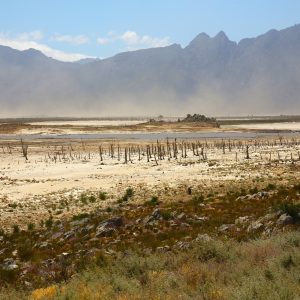
Amid Political Quarrels over Cape Town Crisis, Engineers Prepare Dams for Day Zero
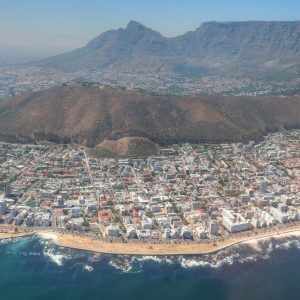
Cape Town Outlines Plans for Emergency Water Distribution
Zeropolis: Big Cities, Little Water
In the shadow of Cape Town’s water crisis are other major cities that face substantial water supply constraints.
From Mexico City to Kabul and Tehran, overworked aquifers are showing the strain. The consequences are not just for water supply. The land surface is sinking as the drained soil compacts. That threatens the stability of buildings, bridges, and other structures and, in low-lying or seaside areas like in Jakarta, increases the risk of flooding.
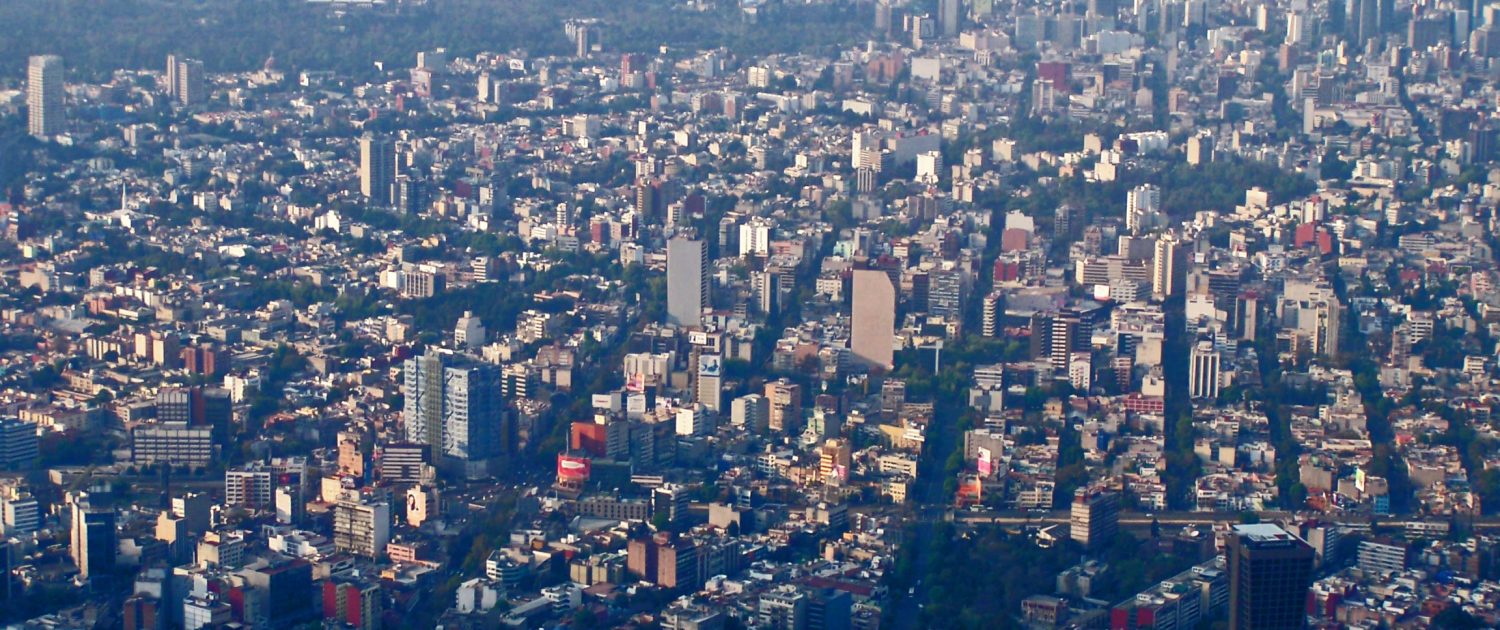
Floods and Water Shortages Swamp Mexico City
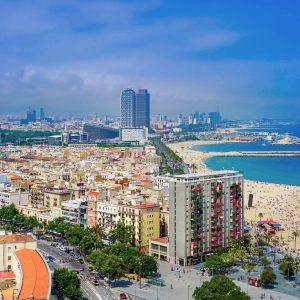
A Decade After Barcelona’s Water Emergency, Drought Still Stalks Spain
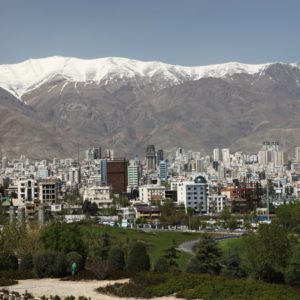
Tehran Faces Crisis As Iran’s Water Supply Runs Low
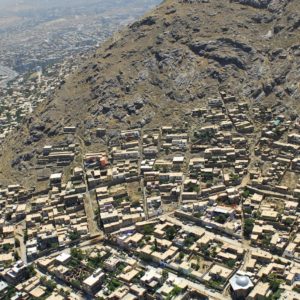
In Kabul, Residents Chase Receding Groundwater

Jakarta, the World’s Fastest-Sinking City, Also Faces Rising Sea Levels and River Pollution
HotSpots H2O
Water is both a source of tension and a casualty of war. In the end, it is the people who suffer.
Circle of Blue’s weekly HotSpots series highlights areas in which water access plays a role in political upheaval and armed conflict.
In Yemen — called the world’s worst humanitarian crisis by the World Food Program director — years of civil war have battered the population. More than 280,000 cholera cases were reported to the World Health Organization this year, while millions are without clean drinking water and aid agencies warn of famine.
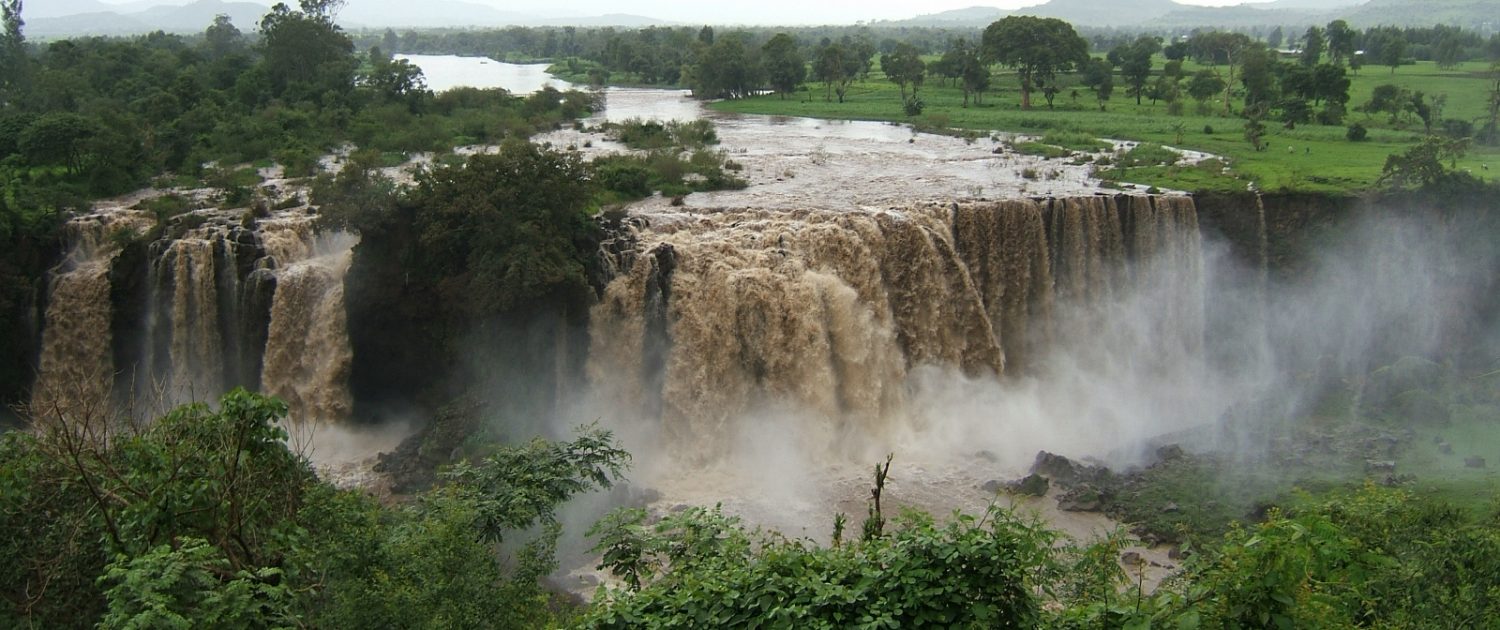
HotSpots H2O, November 26: Delays and Disagreements Hinder Africa’s Largest Hydropower Dam
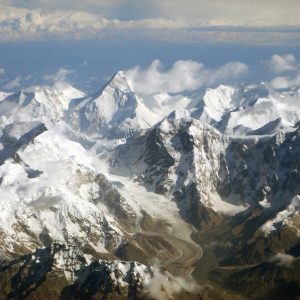
HotSpots H2O, November 19: Deadly Water Disputes Intensify in Central Asia as Glaciers Melt
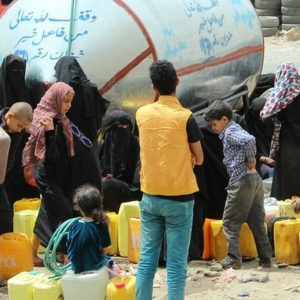
HotSpots H2O, October 15: Special Report on Yemen’s Water Crisis
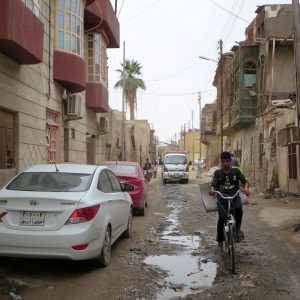
HotSpots H2O, September 10: Deadly Protests in Iraq’s Oil Hub Driven by Polluted Water, Government Neglect
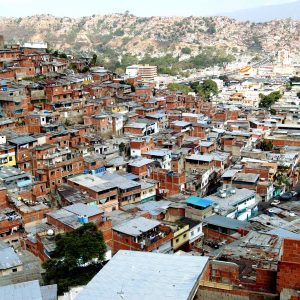
HotSpots H2O, July 23: Chaos Engulfs Venezuela as Mismanagement and Drought Cut Water Access
Brett writes about agriculture, energy, infrastructure, and the politics and economics of water in the United States. He also writes the Federal Water Tap, Circle of Blue’s weekly digest of U.S. government water news. He is the winner of two Society of Environmental Journalists reporting awards, one of the top honors in American environmental journalism: first place for explanatory reporting for a series on septic system pollution in the United States(2016) and third place for beat reporting in a small market (2014). He received the Sierra Club’s Distinguished Service Award in 2018. Brett lives in Seattle, where he hikes the mountains and bakes pies. Contact Brett Walton
Related
© 2025 Circle of Blue – all rights reserved
Terms of Service | Privacy Policy




